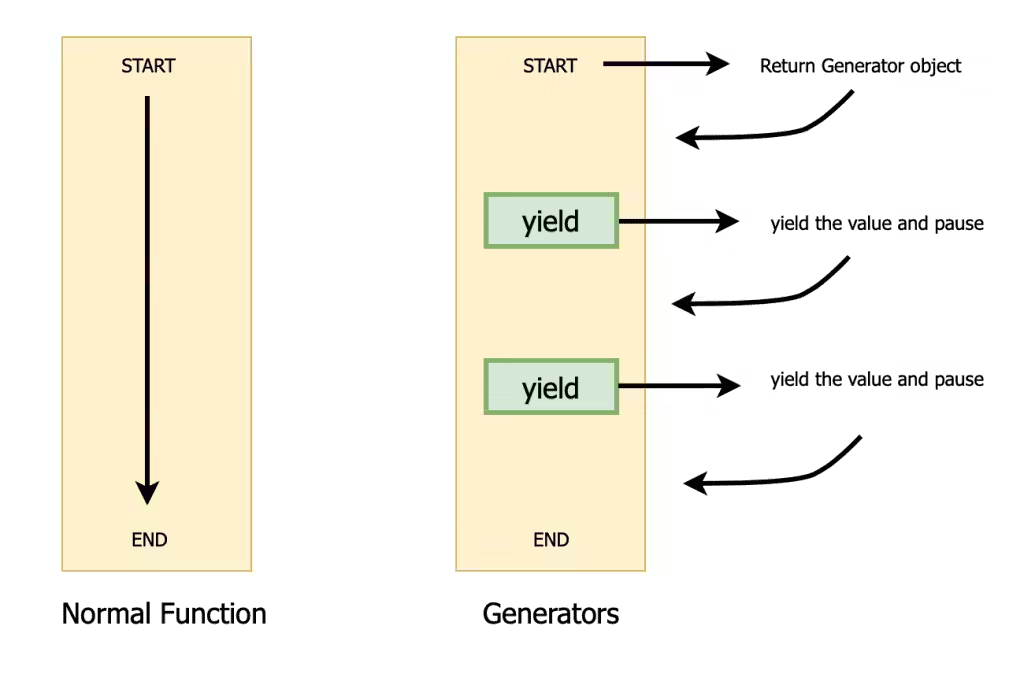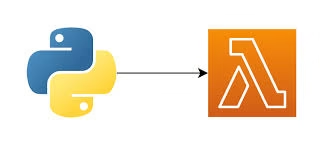Case Study collection
The case study is the best way to have a deep understanding of how software solutions are applied to solve business challenges. By examining these real cases, viewers will gain insights into how to enhance business processes, drive growth, and adapt to the unique needs of each client, offering a comprehensive look at software in … Read more







